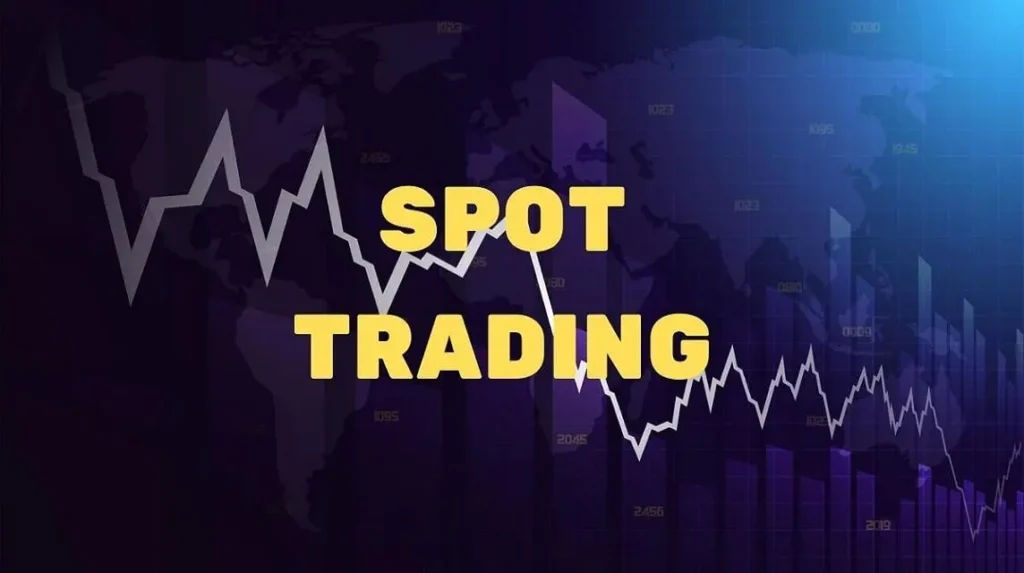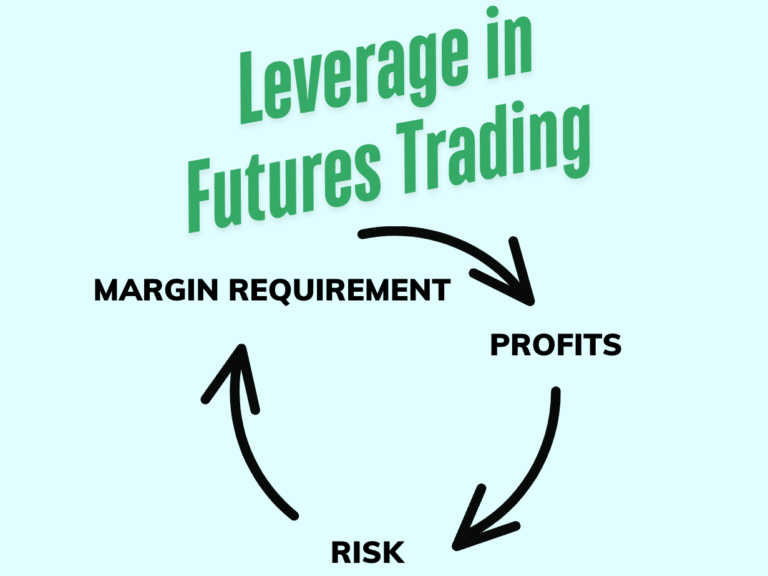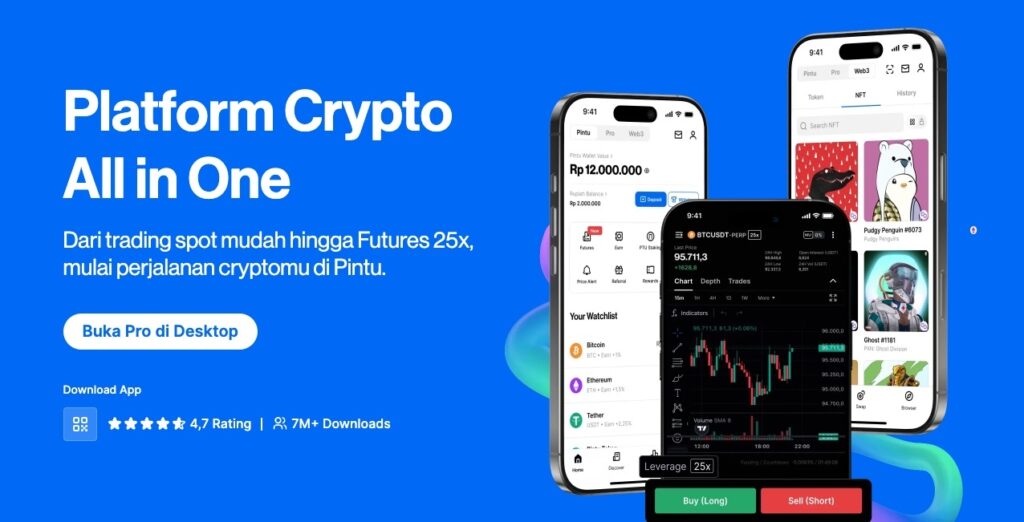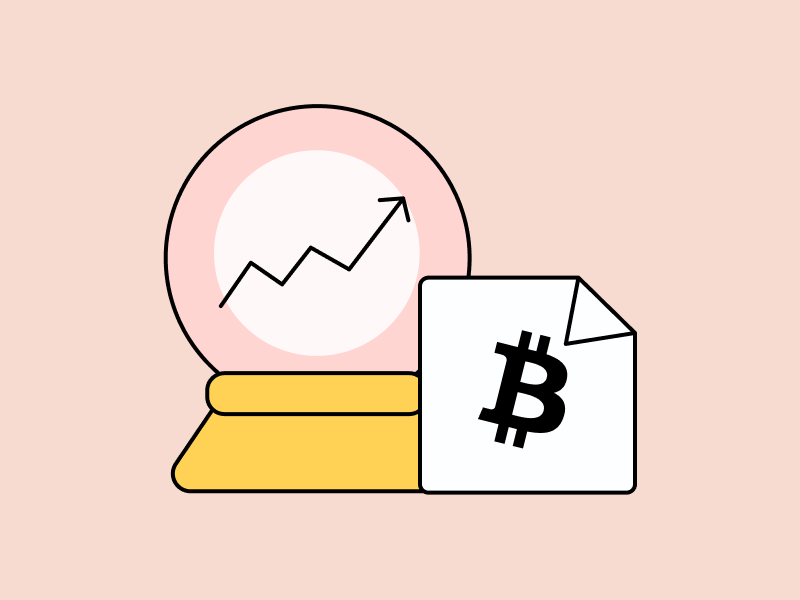In the crypto ecosystem, market participants must have a comprehensive understanding of different trading mechanisms. Two of the most commonly used methods are spot trading and futures trading, each with its characteristics, risks, and strategies.
Grasping the fundamental differences between these two types of trading is crucial for formulating an investment strategy that aligns with your risk profile and financial goals. This article will explain spot and futures trading, how they differ, and give tips on choosing the type of crypto trading that best suits your needs.
Article Summary
- ⚙️ Spot trading involves directly purchasing or selling crypto assets based on the current market price. This method provides actual asset ownership and is suitable for long-term investors with a lower risk tolerance.
- 📈 Futures trading is based on derivative contracts, allowing transactions at a predetermined price for a future date. This instrument enables leverage, but carries higher risk as potential losses can exceed the initial capital.
- 🧠 The main differences between spot and futures trading lie in asset ownership, leverage usage, strategy complexity, and risk level. Spot trading is generally more stable and transparent, while futures trading allows for two-way speculation (long and short) with greater return potential.
- 📊 Tips for choosing a trading strategy include: defining your investment goals, understanding your risk profile, learning the mechanisms of spot and futures trading, using leverage cautiously, and starting on a small scale with regular evaluations.
What Is Spot Trading?

Spot trading is a crypto asset method in which transactions are executed based on the current market price. This type of trading is particularly popular among beginners due to its straightforward process and direct ownership of purchased digital assets. The basic principle is to buy assets at a lower price and sell them when the price rises to earn a profit.
💡 Example: You buy 1 Ethereum (ETH) at Rp30 million through spot trading. After some time, the price of ETH rises to Rp35 million. You then sell it and gain a profit of Rp5 million from the price difference.
One key advantage of spot trading is that it grants direct ownership of the crypto asset once the transaction is completed. The owned asset can then be used for various purposes, such as collateral in lending services or earning yield through decentralized finance (DeFi) platforms.
In addition, spot trading’s relatively simple nature makes it accessible to market participants of all experience levels. With its transparent structure and uncomplicated mechanism, spot trading suits long-term investment strategies and gradual digital asset portfolio management.
What Is Futures Trading?
Futures trading, in the context of crypto assets, involves trading based on contracts where two parties agree to conduct a transaction at a specified price at a future date. These contracts allow investors to gain exposure to the price movements of crypto assets like Bitcoin or Ethereum without directly owning the assets.
Thus, futures trading offers an alternative way to participate in the crypto market. It involves derivative instruments that function similarly to futures contracts in traditional markets.

Futures trading also provides strategic flexibility that spot trading does not offer. One key feature is the ability to use leverage, a tool that enables investors to control a larger position than their initial capital. While this can amplify potential profits, it also increases the risk of loss.
Read Tutorial on Using Leverage in Pintu Pro Futures on Pintu Academy.
💡 Example: You predict that the price of Bitcoin will drop soon. To take advantage of this opportunity, you open a short position on a Bitcoin futures contract with 5x leverage, using an initial capital of Rp10 million.
With this leverage, you can control a position worth Rp50 million.
If the price of Bitcoin then drops by 10%, the value of your position increases in line with your prediction. In this case, your profit isn’t just 10% of your capital, but five times the price movement, resulting in a 50% gain on your initial Rp10 million—equal to Rp5 million.
Furthermore, futures trading enables investors to profit from price movements in both directions—whether the market is rising (long position) or falling (short position)—thus offering broader opportunities in a volatile market.
How to Open Long & Short Positions on Pintu Pro Futures:
Spot vs. Futures Trading: What’s the Difference?
Crypto trading has become an integral part of the modern digital financial landscape, with growing participation from individual and institutional investors. Two primary approaches to trading digital assets are spot trading and futures trading. While both aim to profit from price movements, they differ significantly in structure, strategy, risk, and financial implications.
Spot Trading
Spot trading refers to the direct purchase or sale of cryptocurrencies like Bitcoin (BTC) or Ethereum (ETH) for immediate settlement based on the current market price. Once the transaction is completed, the buyer gains full ownership and control over the asset.
Key Characteristics:
- Real-Time Transactions:
- Buying and selling occur at the current market price with instant settlement.
- The crypto asset is immediately transferred to the user’s wallet.
- Direct Ownership:
- Asset ownership depends on where it’s purchased. If bought on a centralized exchange (CEX) like Pintu, the trader owns the asset, but it is held in the exchange’s wallet. If purchased through a decentralized exchange (DEX), the asset is stored on-chain in the user’s wallet, allowing complete control for long-term holding, staking, or using it as collateral in DeFi platforms.
- No Leverage:
- Traders can only purchase assets equal to their available capital.
- There is no liquidation risk as no borrowed funds are involved.
- Relatively Low Risk:
- Maximum loss is limited to the amount invested.
- Suitable for conservative investors and beginners.
- Variable Liquidity:
- Depends on the asset pair and exchange platform.
- Popular pairs typically offer higher liquidity and lower spreads.
- Investment Strategy:
- Ideal for buy-and-hold strategies, dollar-cost averaging (DCA), or long-term accumulation.
- Relies heavily on long-term market trends.
Futures Trading
Futures trading involves derivative contracts in which two parties agree to buy or sell a crypto asset at a predetermined price in the future. In this case, investors do not own the asset itself but rather speculate on its future price.
Key Characteristics:
- Derivative Contracts:
- Trades are based on contracts that reflect the underlying asset’s price, not the asset itself.
- Common contract types include fixed-term futures (with an expiration date) and perpetual futures (no expiration).
- Use of Leverage:
- Leverage allows traders to control larger positions with smaller capital.
- Example: With 10x leverage, an initial capital of Rp1 million can control a Rp10 million position.
- Higher Potential Gains and Losses:
- Profits can multiply with small price movements.
- However, losses can also exceed the initial capital, especially in margin calls or liquidation cases.
- Two-Way Trading:
- Traders can profit from both rising markets (long) and falling markets (short).
- Suitable for speculative strategies and short-term market sentiment plays.
- High Risk and Complexity:
- It requires a deep understanding of margin mechanics, liquidation, funding rates, and market volatility.
- Traders must be prepared for liquidation risk if the contract value drops below the required margin.
- Additional Fees:
- In addition to transaction fees, traders may incur funding fees (for perpetual futures), exchange, and maker/taker fees.
Comparison Table: Spot vs. Futures Trading
| Aspect | Spot Trading | Futures Trading |
|---|---|---|
| Risk | Lower; limited to invested capital | Higher; losses can exceed initial capital |
| Asset Ownership | Direct ownership of crypto assets | No ownership; contracts only |
| Leverage | Not available | Available; enables larger positions |
| Capital Requirement | High | Low |
| Investment Horizon | Long-term | Short- to medium-term |
| Complexity | Relatively simple; beginner-friendly | More complex; suitable for experienced traders |
| Liquidity | Varies | Generally high |
| Fees | Transaction fees | Funding fees, exchange fees, maker/taker fees |
| Regulation | Varies | Generally more strictly regulated |
Tips for Choosing the Right Type of Crypto Trading for Your Goals and Risk Tolerance

Entering the world of crypto asset trading requires a solid understanding of the trading type that best fits your personal goals and capabilities. Here are some tips for choosing the right type of crypto trading based on your investment objectives and risk tolerance:
1. Define Your Investment Goals from the Start
The first step is clearly understanding what you want to achieve through trading. Spot trading may be the more stable option if you aim to accumulate digital assets over the long term. However, futures trading could be worth considering if you desire to capitalize on short-term price fluctuations.
2. Understand Your Risk Profile
Everyone has a different level of risk tolerance. Spot trading is generally safer because it doesn’t involve leverage and gives you direct asset ownership. On the other hand, futures trading offers higher profit potential but also comes with greater risk, especially when using leverage.
3. Learn the Characteristics of Each Trading Type
Before making a decision, it’s essential to understand the basic mechanics of spot and futures trading. Spot trading involves buying crypto assets directly at the current market price. Futures trading, however, allows you to speculate on the future price of an asset through contracts, without owning the actual asset.
4. Use Leverage Wisely
Futures trading allows the use of leverage, which can amplify both gains and losses. If you’re not yet experienced in managing market risk, it’s best to avoid high leverage early on. Start with low leverage while continuing to learn and evaluate your strategy.
5. Start Small and Review Regularly
Regardless of the trading type you choose, starting with a small amount of capital is advisable. Use this initial phase to understand market movements, test your strategies, and build confidence. Evaluate your trading performance regularly and adjust your approach based on market conditions and your growing knowledge.
‼ Note: Spot trading involves direct asset ownership and does not use leverage, making it relatively low-risk. Futures trading offers higher potential returns through leverage but also carries a higher risk of loss. Understanding how both work is crucial before you begin trading.
How to Get Started on Pintu
You can buy crypto assets like BTC, SOL, and many others directly through Pintu Pro Web. This platform allows you to trade both Futures and Spot conveniently in one place.
Here’s how to trade Crypto Futures on Pintu Pro Web:
- Visit https://pintu.co.id/
- Click the Open Pro on Desktop button at the top center.
- Register or log in to Pintu Pro Web.
- Navigate to the Futures section.
- Start trading BTC and other cryptocurrencies.
The Pintu app is also compatible with popular digital wallets such as MetaMask, making your transactions even more convenient. Download the Pintu app now on the Play Store or App Store! Your security is ensured, as Pintu is regulated by OJK and CFX.
In addition to trading, Pintu also allows you to learn more about crypto through a wide range of articles on Pintu Academy, updated every week!
All articles provided by Pintu Academy are for educational purposes only and do not constitute financial advice.
Conclusion
In the ever-evolving world of crypto asset markets, understanding the fundamental differences between spot and futures trading is crucial for both investors and traders.
Spot trading offers a simpler, more transparent, and lower-risk approach as it involves direct ownership of the asset. In contrast, futures trading provides greater strategic flexibility and the potential for higher returns through the use of leverage, but it also comes with higher risk and greater complexity.
Therefore, choosing the right type of trading should be based on your investment goals, risk profile, and level of understanding of crypto financial instruments. With a measured approach and proper education, market participants can optimize their trading strategies wisely and sustainably.
References:
- Coinbase. What is spot trading in crypto and how does it work? Accessed May 27, 2025
- Investopedia. Cryptocurrency Futures: Definition and How They Work on Exchanges Accessed May 27, 2025
- Zebpay. Spot Trading vs. Futures Trading: Understanding What Is Right for You Accessed May 27, 2025
